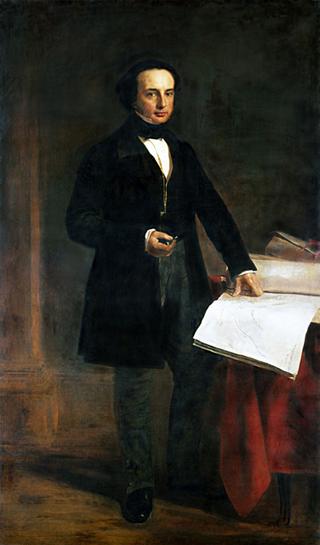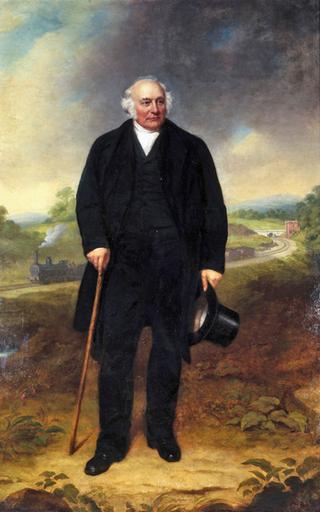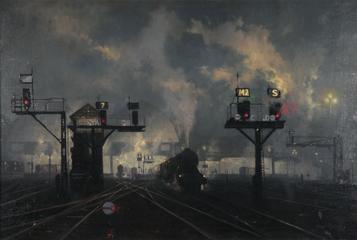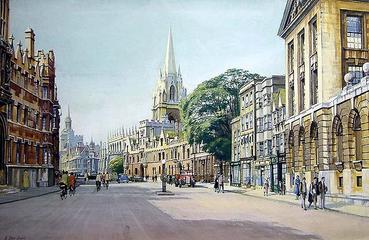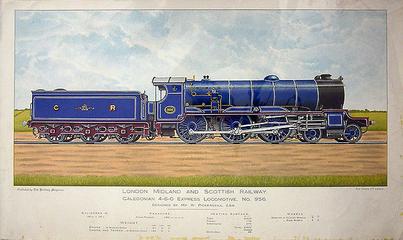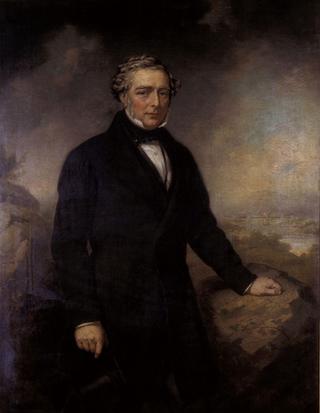
lithograph bath station
Black and white Lithograph, Great Western Railway Bath Station, by J C Bourne, depicting interior of station from the track, showing trains and passengers on platforms.1846.
Bath Station opened in 1840 as a stop on the Great Western Railway from London Paddington to Bristol. The station was designed by Isambard Kingdom Brunel and is now known as Bath Spa Station. This lithograph by John Cooke Bourne (1814–1896) shows the interior of the station. Bourne captures the intricacy of the hammerbeam roof in impeccable detail. The platforms on the left and right are far apart because of two broad gauge carriage sidings between the platform lines. The station was remodelled in 1897.
This lithograph was published in 1846 as part of a series of views of the Great Western Railway by Bourne. Eight years earlier Bourne produced a series of views showing the construction of the London & Birmingham Railway (also in the National Railway Museum collection). The Great Western views were very different to these earlier views: by 1846 the Great Western was already well established, so Bourne produced a series of drawings that reflected the grandeur and permanence of Brunel’s great broad-gauge railway.
Bourne was commissioned to create the Great Western series by Charles Frederick Cheffins. Cheffins was an engineer and draughtsman known for his drawings of locomotive engines, his cartographic work, and as a surveyor for numerous railroad projects. He started making lithographs in 1830 and often lithographed work for other artists. However, Bourne had the ability to transfer his own drawings onto the lithographic stone, so in this case Cheffins served solely as the printer.
It has been estimated that no fewer than 2,000 prints of railway subjects were produced during the years 1830 to the late 1840s, and scarcely a line opened without at least one view of its engineering accomplishments being published. It is difficult for us today to understand the emotional as well as financial commitment to railways during these early years. The railway was often seen as a slowly spreading symbol of change and progress towards a better world.
Details
- Category:
- Pictorial Collection (Railway)
- Object Number:
- 1997-9486
- Measurements:
-
370 x 530 mm
- type:
- print and lithograph
- credit:
- British Rail, Clapham
